Which Digital Camera Is Best To Buy ?
There is no definitive answer to which digital camera is the best to buy as it depends on individual preferences and needs. Some popular options include Canon EOS 5D Mark IV, Nikon D850, Sony Alpha A7 III, and Fujifilm X-T4. It is recommended to consider factors such as budget, desired features, intended use (e.g., professional photography, casual shooting), and personal preferences (e.g., brand loyalty, size, weight) when making a decision. Additionally, reading reviews, comparing specifications, and seeking advice from experts or experienced photographers can help in making an informed choice.
1、 Megapixel count and image resolution
When it comes to choosing the best digital camera to buy, there are several factors to consider. One of the most important aspects is the megapixel count and image resolution. Megapixels determine the level of detail and clarity in your photographs, while image resolution determines the size and quality of the image.
In recent years, the megapixel count in digital cameras has significantly increased. However, it is important to note that a higher megapixel count does not necessarily guarantee better image quality. Other factors such as sensor size, lens quality, and image processing capabilities also play a crucial role.
For most casual photographers, a camera with a megapixel count between 12-24 MP is more than sufficient. This range allows for high-quality prints and the ability to crop images without losing too much detail. Professional photographers or those who require large prints may opt for cameras with higher megapixel counts.
In terms of image resolution, it is recommended to choose a camera that offers at least 1080p Full HD resolution for video recording. This ensures that your videos are sharp and detailed, especially when viewed on larger screens.
It is worth mentioning that the latest point of view in the photography industry is shifting towards other important features such as low-light performance, dynamic range, and autofocus capabilities. These factors contribute to capturing stunning images in various lighting conditions and ensuring sharp focus on the subject.
Ultimately, the best digital camera to buy depends on your specific needs and budget. It is advisable to research and compare different models, read reviews, and even try out cameras in person before making a decision.
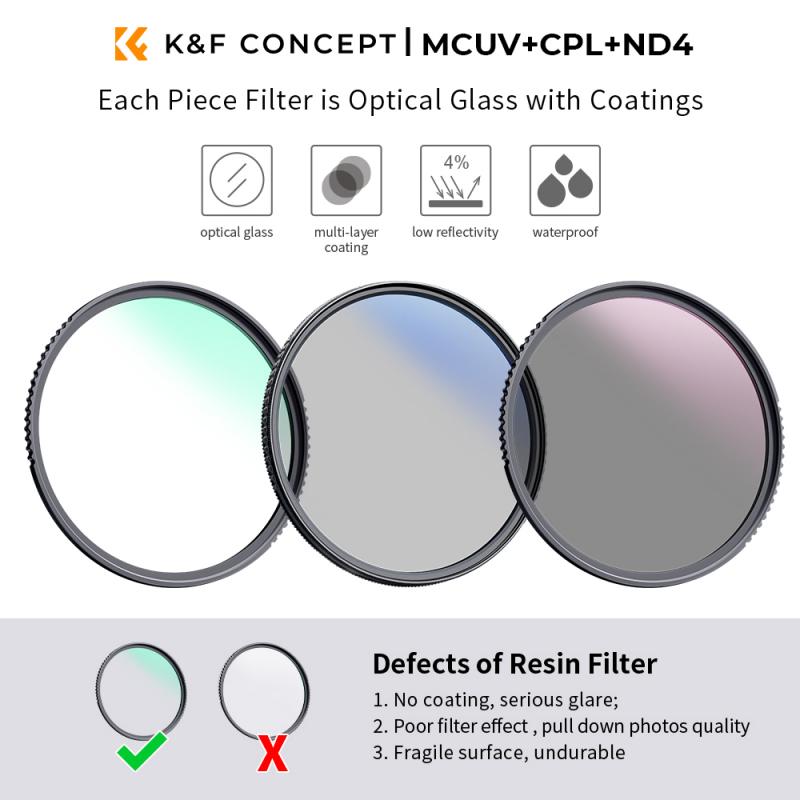
2、 Sensor size and low-light performance
When it comes to choosing the best digital camera to buy, two crucial factors to consider are sensor size and low-light performance. These aspects play a significant role in determining the overall image quality and versatility of a camera.
Sensor size refers to the physical dimensions of the image sensor within the camera. Generally, larger sensors tend to capture more light, resulting in better image quality, dynamic range, and low-light performance. Full-frame sensors, which are equivalent in size to traditional 35mm film, are considered the gold standard for professional photography. However, they come at a higher cost and are typically found in high-end DSLR or mirrorless cameras.
On the other hand, APS-C and Micro Four Thirds sensors are smaller but still offer excellent image quality and low-light performance, often at a more affordable price point. These sensors are commonly found in mid-range DSLRs and mirrorless cameras, making them a popular choice for enthusiasts and professionals alike.
In recent years, camera manufacturers have made significant advancements in sensor technology, improving low-light performance even further. Many cameras now offer impressive ISO capabilities, allowing for clean and noise-free images in challenging lighting conditions.
It's important to note that while sensor size and low-light performance are crucial factors, they are not the only considerations when buying a digital camera. Other factors such as lens selection, autofocus capabilities, video features, and overall ergonomics should also be taken into account.
Ultimately, the best digital camera to buy depends on your specific needs, budget, and intended use. It's recommended to research and compare different models, read reviews, and even try out cameras in person before making a decision.
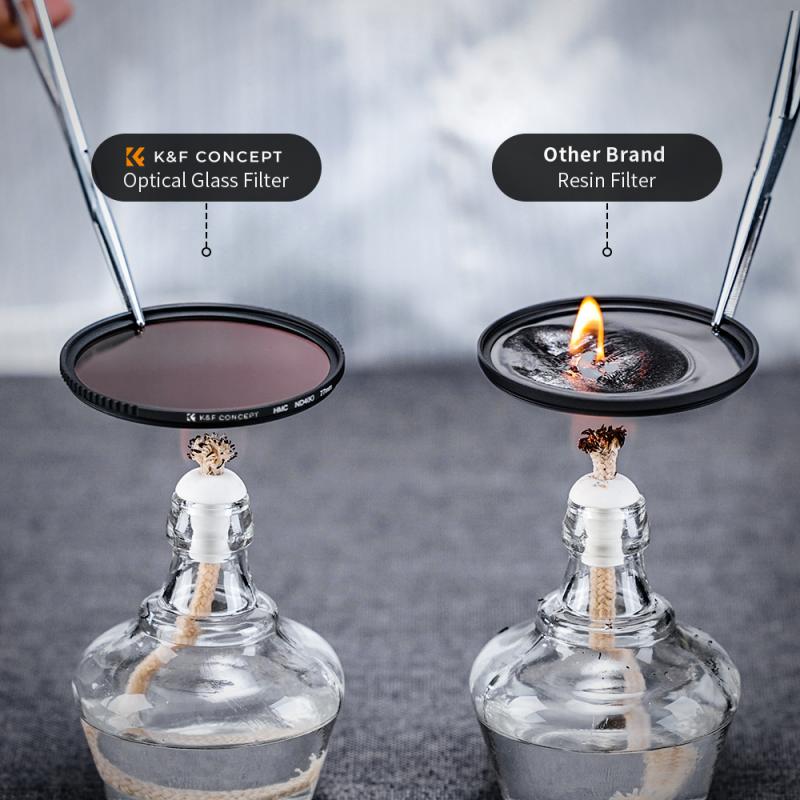
3、 Lens quality and focal length options
When it comes to choosing the best digital camera to buy, there are several factors to consider. One of the most important aspects is the lens quality and focal length options. The lens is a critical component of any camera as it determines the image quality and versatility of the camera.
In terms of lens quality, it is essential to look for a camera that offers high-quality optics. This ensures that the images captured are sharp, clear, and free from distortions. Look for cameras that have lenses made by reputable manufacturers such as Canon, Nikon, Sony, or Fujifilm, as they are known for producing excellent lenses.
Focal length options are also crucial, especially if you have specific photography needs. Different focal lengths allow you to capture different types of shots. For example, a wide-angle lens is ideal for landscape photography, while a telephoto lens is great for capturing distant subjects. Therefore, it is important to choose a camera that offers a range of focal length options or allows for interchangeable lenses.
In terms of the latest point of view, mirrorless cameras have gained popularity in recent years. They offer excellent image quality and a wide range of lens options. Mirrorless cameras are also more compact and lightweight compared to traditional DSLRs, making them a great choice for travel and everyday use.
Ultimately, the best digital camera to buy depends on your specific needs and budget. It is recommended to do thorough research, read reviews, and even try out different cameras before making a decision.
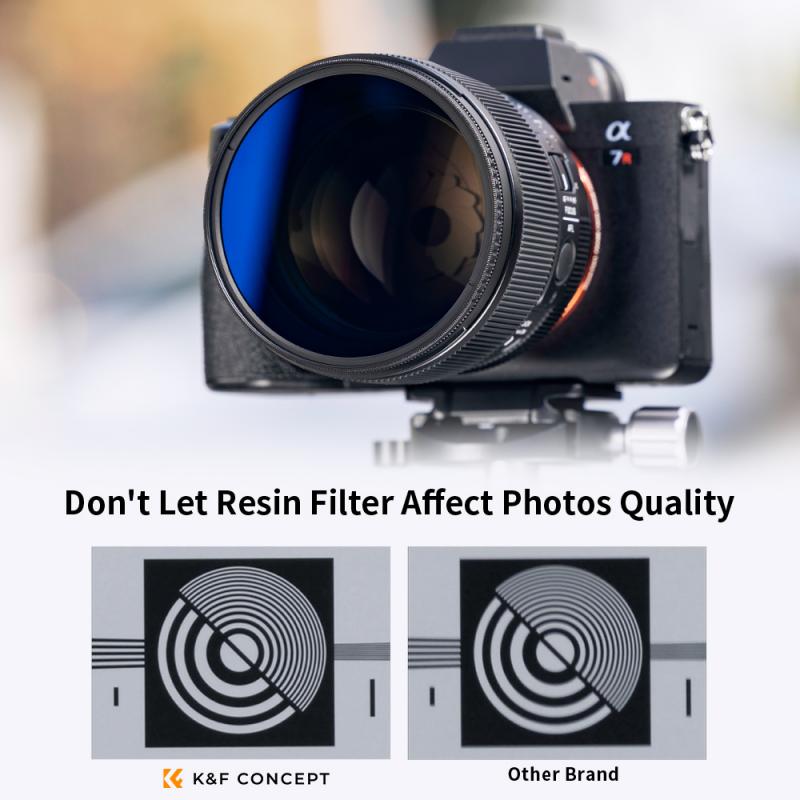
4、 Image stabilization and autofocus capabilities
When it comes to choosing the best digital camera to buy, two key features that should be considered are image stabilization and autofocus capabilities. These features play a crucial role in capturing sharp and clear images, especially in challenging shooting conditions.
Image stabilization technology helps to reduce camera shake, resulting in sharper images. It compensates for small movements of the camera, whether caused by hand tremors or unstable shooting conditions. Optical image stabilization (OIS) is a popular technology that physically adjusts the lens elements to counteract camera shake. On the other hand, some cameras use sensor-shift image stabilization, which moves the camera's image sensor to achieve the same effect. Both methods are effective in minimizing blur and producing sharper images.
Autofocus capabilities are equally important, as they ensure that your subject is in focus and properly captured. The latest autofocus systems utilize advanced algorithms and multiple focus points to track and lock onto subjects quickly and accurately. Some cameras even offer eye-tracking autofocus, which can detect and focus on a subject's eyes, ensuring sharp portraits.
When considering the latest point of view, it is worth noting that image stabilization and autofocus capabilities have significantly improved in recent years. Many cameras now offer advanced features like in-body image stabilization (IBIS), which stabilizes the image sensor itself, allowing for stabilized shots even with non-stabilized lenses. Additionally, autofocus systems have become faster and more accurate, with some cameras boasting real-time tracking and subject recognition.
Ultimately, the best digital camera to buy would be one that combines excellent image stabilization and autofocus capabilities. It is advisable to research and compare different camera models, considering factors such as sensor size, lens options, and overall image quality, to make an informed decision based on your specific needs and budget.
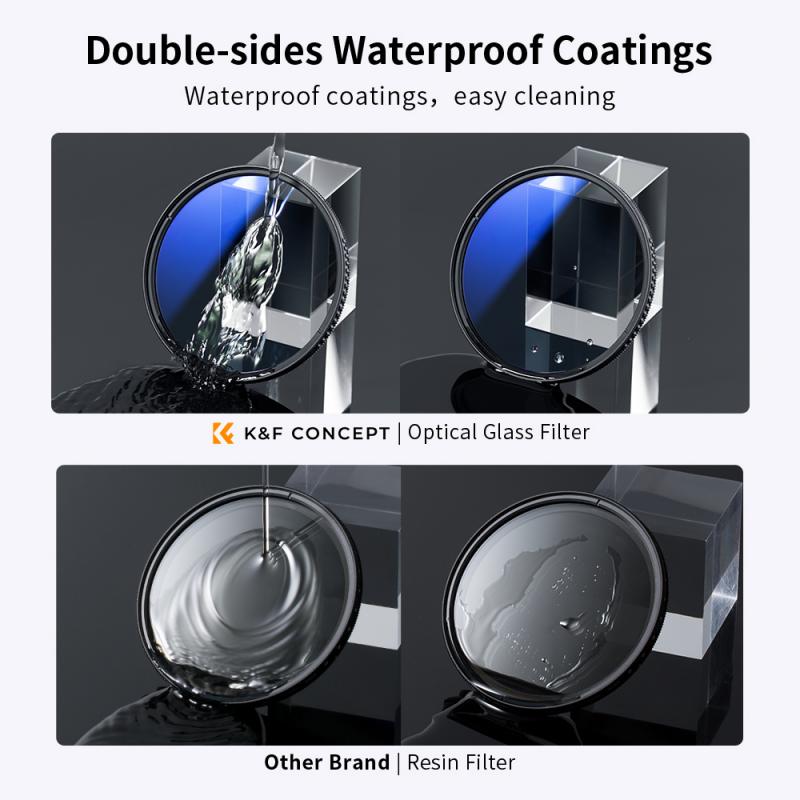












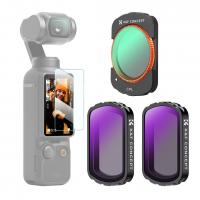
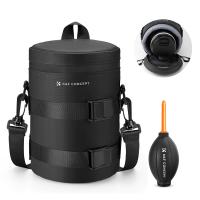
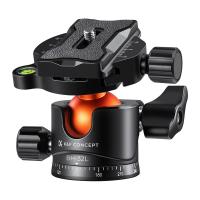


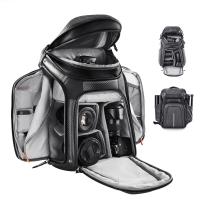
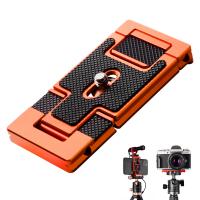
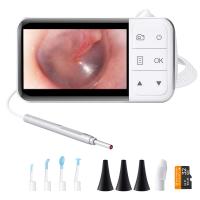
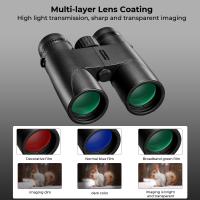


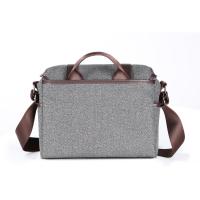

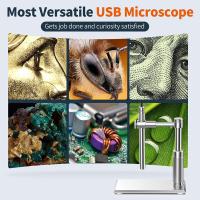
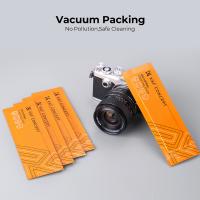
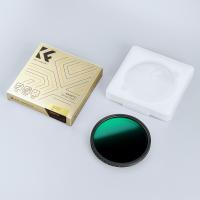
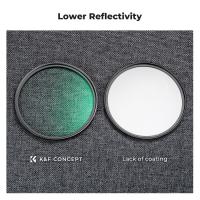
There are no comments for this blog.